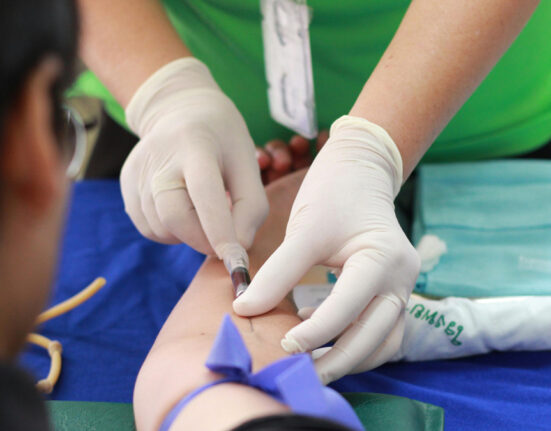The OET speaking section might seem daunting at first, but with a clear understanding of its structure, you can approach it with confidence. Unlike traditional speaking exams, the OET Speaking Section focuses on practical healthcare scenarios through role-plays. Here’s a breakdown to help you ace this section:
The OET Speaking Section Analysis:
Warm-Up (Unassessed):
The test begins with a friendly chat with the interlocutor (examiner). This is NOT assessed, but it’s a great opportunity to ease your nerves and get comfortable speaking English. Talk about your background in healthcare, hobbies, or anything that puts you at ease.
Preparation Time:
Preparation Time (2-3 Minutes): You’ll be given a card with details about the scenario, the patient’s situation, and your role. Use this time to plan your approach, identify key points to address, and consider potential questions the patient might ask.
The Role Play (Assessed):
Here’s where the real test begins! You’ll encounter two separate role-play scenarios based on real-life situations you might face in your chosen healthcare profession. The interlocutor will play the role of a patient or their caregiver. This is your chance to shine in your OET speaking section! Here’s what the assessors will be looking for:
- Communication Skills: Use clear, concise, and professional language. Maintain a friendly and reassuring tone.
- Clinical Knowledge: Demonstrate a solid understanding of the scenario and the appropriate healthcare procedures.
- Patient Interaction: Build rapport with the patient, actively listen to their concerns, and address them effectively.
Tips to Succeed:
- Practice Role-Plays: Before the test, role-play with friends or family to practice your communication and clinical skills.
- Focus on Active Listening: Pay close attention to the patient’s concerns and use open-ended questions to gather information.
- Explain Clearly: Break down medical jargon into simpler terms the patient can understand.
- Check for Understanding: Regularly paraphrase what you’ve heard and ask the patient to confirm if they understand.
- Maintain Professionalism: Project confidence, empathy, and a genuine desire to help the patient.
By understanding the structure and focusing on these key elements, you can approach the OET speaking section with confidence and showcase your communication and clinical skills effectively.
Remember, the OET speaking section is designed to assess your ability to function in real-world healthcare setting conversations. So, relax, be yourself, and demonstrate your strengths as a healthcare professional!
Free Consultation: Chat now with a Mentor















Leave feedback about this